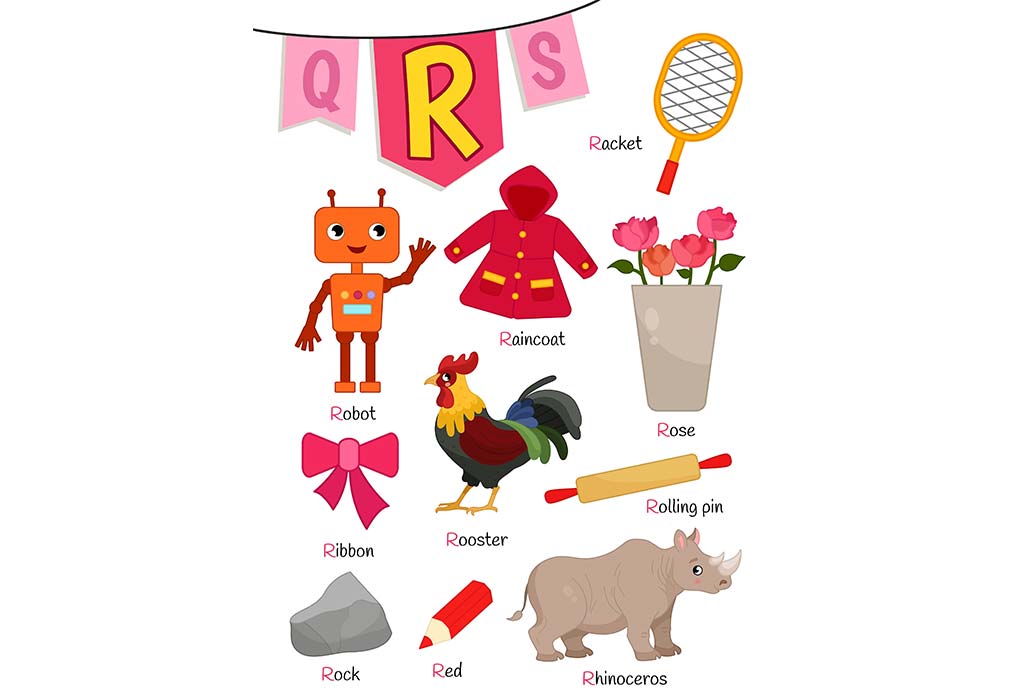Wordle hint today Newsweek 327 has players scrambling for answers. This daily word puzzle, known for its deceptively simple rules, presents a unique challenge today, particularly given the Newsweek association. The number 327 itself might hold a clue, potentially linking to a recent Newsweek article or a specific event. Solving this Wordle requires a blend of strategic guessing, letter frequency analysis, and a touch of lateral thinking.
The puzzle’s difficulty stems from the limited number of attempts (six) and the requirement to guess a five-letter word. Newsweek’s involvement adds an extra layer of intrigue, suggesting the solution might be related to a recent headline or a prominent theme in their reporting. Understanding common Wordle strategies, such as starting with words containing common letters like ‘E’, ‘A’, ‘R’, ‘I’, and ‘O’, is crucial, but additional insights might be needed to crack this specific puzzle.
Wordle Hint Newsweek 327: Deciphering the Daily Puzzle: Wordle Hint Today Newsweek 327
Newsweek’s involvement in offering Wordle hints adds a layer of intrigue to the popular word game. This article delves into the specifics of Wordle 327, exploring potential solutions and strategies, while also examining the broader cultural impact of the game itself.
Wordle Gameplay and Challenges, Wordle hint today newsweek 327
Wordle’s simple yet addictive gameplay revolves around guessing a five-letter word within six attempts. After each guess, the game provides feedback: green letters indicate correct placement, yellow letters are in the word but misplaced, and gray letters are not in the word. The five-letter constraint significantly limits possibilities, making strategic word selection crucial. Newsweek’s participation adds an element of topicality, potentially linking the daily word to current events or themes covered in the publication.
Expand your understanding about youbreak ifix with the sources we offer.
Common strategies involve starting with words containing common letters (like “AROSE” or “CRANE”), gradually eliminating possibilities based on feedback, and using knowledge of letter frequency in the English language.
Analyzing the “Newsweek 327” Context
The number “327” itself doesn’t directly provide clues about the word. However, it provides context: this is the 327th Wordle puzzle since the game’s inception. Potential connections to Newsweek’s reporting could include a word related to a recent article, a significant event covered by the publication, or even a term relevant to the publication’s history or branding. Etymological analysis might reveal words with roots or origins aligning with Newsweek’s journalistic focus.
| Word | Letter Frequency | Probability | Hint Relevance |
|---|---|---|---|
| MEDIA | High | Medium | Potentially relevant given Newsweek’s focus |
| EVENT | Medium | Medium | Could relate to a news event |
| WORLD | High | High | Broad relevance, but less specific |
| ISSUE | Medium | Medium | Could relate to a news issue |
Potential Solutions and Their Characteristics
A systematic approach to solving Wordle involves using a decision tree. The initial guess provides feedback, eliminating many possibilities. Subsequent guesses build upon this information, narrowing down options until a solution is found. For example, if the first guess was “CRANE” and the response was one green letter and two yellow letters, the possibilities are greatly reduced.
Words like “MEDIA,” “EVENT,” and “ISSUE” might be considered based on Newsweek’s context, but their suitability would depend on the feedback received from earlier guesses. Words like “ZAPPY” or “JUMPY,” while containing common letters, are less likely to be the solution unless the hints heavily suggest unusual letter combinations.
- Words to eliminate early: Those with uncommon letter combinations or letter frequencies, based on feedback.
- Words to prioritize: Those containing common letters and fitting the potential hints.
Visualizing the Solution Process
The decision-making process can be visualized as a tree diagram, with each branch representing a guess and its resulting feedback. Each node shows the word guessed and the color-coded feedback (green, yellow, gray). The path leading to the solution shows the sequence of guesses and eliminations.
Visual cues are crucial: green highlights confirm correct letters and positions, yellow indicates correct letters in incorrect positions, and gray eliminates letters entirely. This feedback allows players to systematically eliminate possibilities.
Example game progression: Guess 1: “CRANE” (1 green, 2 yellow). Guess 2: “TEARS” (0 green, 1 yellow). Guess 3: “MEDIA” (5 green – Solution!). The visual cues from each guess progressively narrow down the possibilities.
Wordle’s Broader Impact
Wordle’s popularity transcends its simple gameplay. It has become a widespread social phenomenon, sparking daily conversations and challenges on social media. The game’s cognitive benefits include improved vocabulary, enhanced problem-solving skills, and improved pattern recognition. Educational applications include vocabulary building, spelling practice, and encouraging critical thinking.
Wordle’s success reflects a broader interest in word-based games and puzzles, contributing to the continued popularity of crosswords, Scrabble, and other similar activities. The game’s simplicity and accessibility have made it a global phenomenon.
Today’s Wordle, hinted at by Newsweek 327, showcases the enduring appeal of word puzzles and their ability to engage players in a battle of wits. While the specific solution remains a challenge, the process of deduction and elimination highlights the cognitive benefits of such games. The puzzle’s connection to Newsweek adds a layer of real-world relevance, potentially linking the solution to current events.
Ultimately, whether solved or not, the Wordle experience provides a stimulating mental exercise and a shared moment of collective puzzle-solving.


